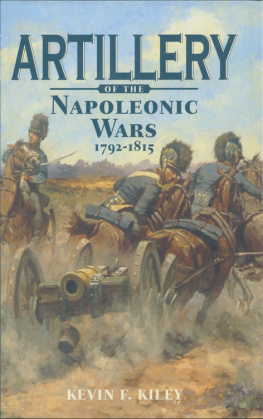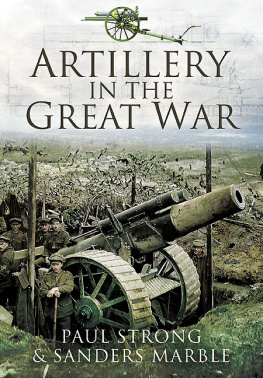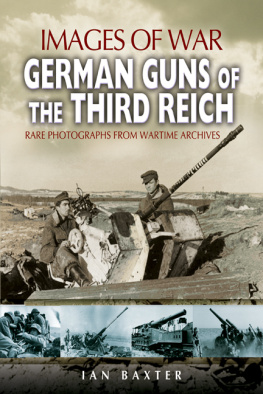
This brilliant sketch by Sgt Howard Brodie, one of Yank magazines artists, shows a 105mm howitzer on Guadalcanal in 1943. Under the picture he identifies the Mt. Austen (he spells it Aeston) front and that Mack [Morriss, a Yank magazine correspondent] & I later witnessed the terrific damage our artillery had inflicted on the Japs along the Kokumbona Road.
ARTILLERY WARFARE 19391945
SIMON & JONATHAN FORTY
First published in Great Britain in 2020 by
P EN & S WORD M ILITARY
an imprint of
Pen & Sword Books Ltd,
47 Church Street,
Barnsley,
South Yorkshire.
S70 2AS
Copyright Pen & Sword 2020
A CIP record for this book is available from the British Library.
ISBN 978-1-52677-678-5
eISBN 978-1-52677-679-2
Mobi ISBN 978-1-52677-680-8
The right of Simon and Jonathan Forty to be identified as Authors of this Work has been asserted by him in accordance with the Copyright, Designs and Patents Act 1988.
All rights reserved. No part of this book may be reproduced or transmitted in any form or by any means, electronic or mechanical including photocopying, recording or by any information storage and retrieval system, without permission from the Publisher in writing.
Pen & Sword Books Ltd incorporates the Imprints of Pen & Sword Aviation, Pen & Sword Maritime,
Pen & Sword Military, Wharncliffe Local History,
Pen & Sword Select, Pen & Sword Military
Classics and Leo Cooper.
For a complete list of Pen & Sword titles please contact
Pen & Sword Books Limited
47 Church Street, Barnsley, South Yorkshire, S70 2AS, England
E-mail:
Website: www.pen-and-sword.co.uk
Acknowledgements
The text includes a number of directly quoted or edited excerpts from a number of works which are identified in the text and covered in the Bibliography. Most of these documents came via the excellent online resources of the Ike Skelton Combined Arms Research Library (CARL) Digital Library. Please note that these excerpts are contemporary and produced based on intelligence available at the time: there will be some, understandable, inaccuracies.
The photographs came from a number of sources including the US National Archives and Records Administration, in College Park, MD, the Library and Archives of Canada, the SA-Kuva Finnish archive, Hungarian archives, Narodowe Archiwum Cyfrowe, Riksarkivet (National Archives of Norway), Battlefield Historian and the collection of our late father, George Forty. Thanks to Thomas Ligon, Jr for his generosity in letting us use the photographs and information from his late father Lt Col Thomas Ligon, Sr. of Richmond, VA. Thanks, too, to Richard Charlton Taylor, Leo Marriott and the late Martin Warren for their help and valuable contributions. The individual photo credits are provided at the end of the book: if we have made mistakes here, please point them out to us via the publisher.
There are a number of websites that proved invaluable for help with captions and information. In particular wed like to reference www.jaegerplatoon.net (really interesting content with loads of information on Finnish, German and Russian artillery); the US Center of Military History (high quality histories, access to technical manuals); ww2Talk (is there anything those guys dont know about?); and finally, http://nigelef.tripod.com (Nigel Evans really top-class source of information on artillery, particularly British and Canadian).
Finally, thanks to Rupert Harding of Pen & Sword for being such an understanding editor and for pointing out a number of inaccuracies.

Blitzkrieg in Poland: German horse-drawn artillery struggles up a riverbank. For all the superiority of German weaponsTigers, Panthers, MG42s and Nebelwerfertheir successes came from an army whose weapons were little better than those used at the end of World War I. However, the Germans had, in the meantime, learnt their lessons and Nazism provided the political will to do what Kaiser Bill couldnt.
Preface
M y late father-in-law, Barry Hook, was a gunner who fought through World War II first in France, then the North African Desert and finally into Germany. As a Territorial Army officer and a volunteer, he felt less inhibited than career soldiers and was prepared to say his piece to anyone. Typical of a veteran, most of his stories were humorous pokes at providence or his own side, but they often highlighted important issues: the problem when two out of three officers awaiting a coloured flare signal proved to be colour blind; the ire of the tank unit whose abandoned vehicle was acquired, fixed and used as protection for FOOs on a barren hill in the desert that was zeroed in by the German guns; or the occasion when a fed-up superior insisted Barry follow orders and place his guns at a specific map reference only to find that it did rain in the desert and that 4.5-inch guns can prove very difficult to retrieve when sunk in wet sand.
How did he know it would rain that night? The facetious It always rains on my birthday, Sir, made for a good story, but in reality he knew about the potential problem of setting up a gun position in a wadi because he was a careful, thoughtful man. You have to be when youre a gunner. Apart from the obvious wartime difficultiesair attack, counter-battery fire, minefields, etcyou have to be on top of the three-dimensional mathematical puzzle whose solution might not just be one shell hitting the right target at the right time, but the fire of a concentration of many guns that has to achieve surprise as well as accuracy in order to negate a counterattack or lead the way for your own troops in a creeping barrage.
The mathematics of how to achieve this is not to be found within this book. For those who want to understand the complexities of hitting targets I recommend Stig Mobergs excellent Gunfire! British Artillery in World War II . After reading it I expect youll wonderas I didhow anyone hit anything by indirect fire. That they did was proved time and time again in every theatre, and there can be no doubt that artillery dominated the battlefields of Europe in World War II causing most casualties andin the case of the Western Allies and the Red Armynegating any German superiority in equipment or hardened positions prepared during five years of predatory occupation. The Atlantic Wall, for example, with all its concrete bunkers and heavy guns, lasted for less than 24 hours at the point it was attacked. Once over the coastal barrier, Allied artillery dominated the defence of the Normandy lodgment and contributed significantly in the offensives that followed.
This mainly photographic survey of artillery in 193945 seeks to highlight the key points relating to the various types of artillery used, referencing contemporary literature to show the equipment and tactics that were employed.
Abbreviations and Glossary
TRAJECTORIES
Gun While it may generically mean all projectile weapons, in artillery terms a gun usually refers to a weapon with a high muzzle velocity that uses a single propellant charge, cannot fire above 45 degrees and has a longer range than a howitzer. However, by World War II most of the field artillery could be better classed as gun-howitzers.


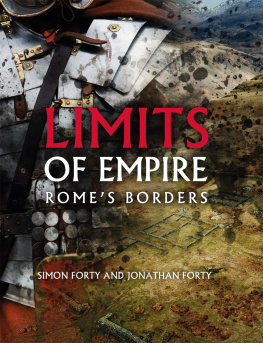
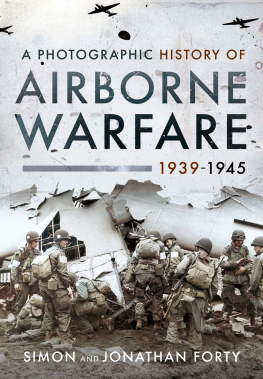
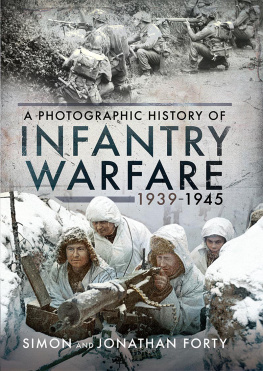
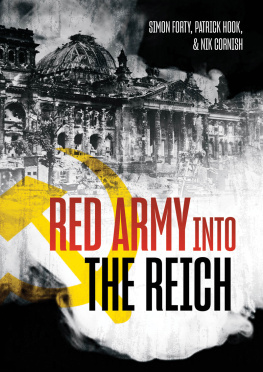
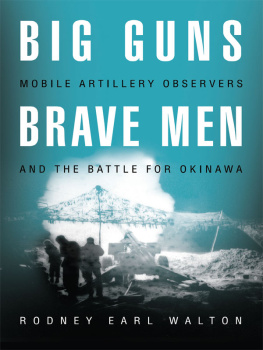
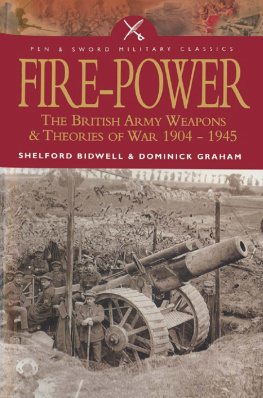
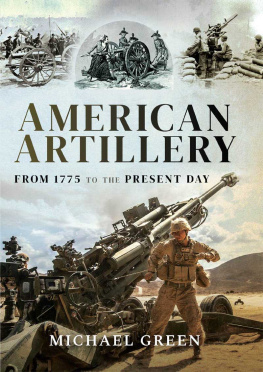

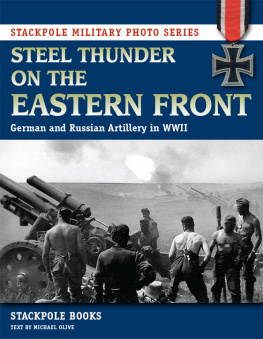
![Mangilli-climpson - Larkhills wartime locators : the history of twelve artillery survey regiments (RA and IA) in the Second World War ; [Royal Artillery Survey in the Second World War]](/uploads/posts/book/100221/thumbs/mangilli-climpson-larkhill-s-wartime-locators.jpg)
